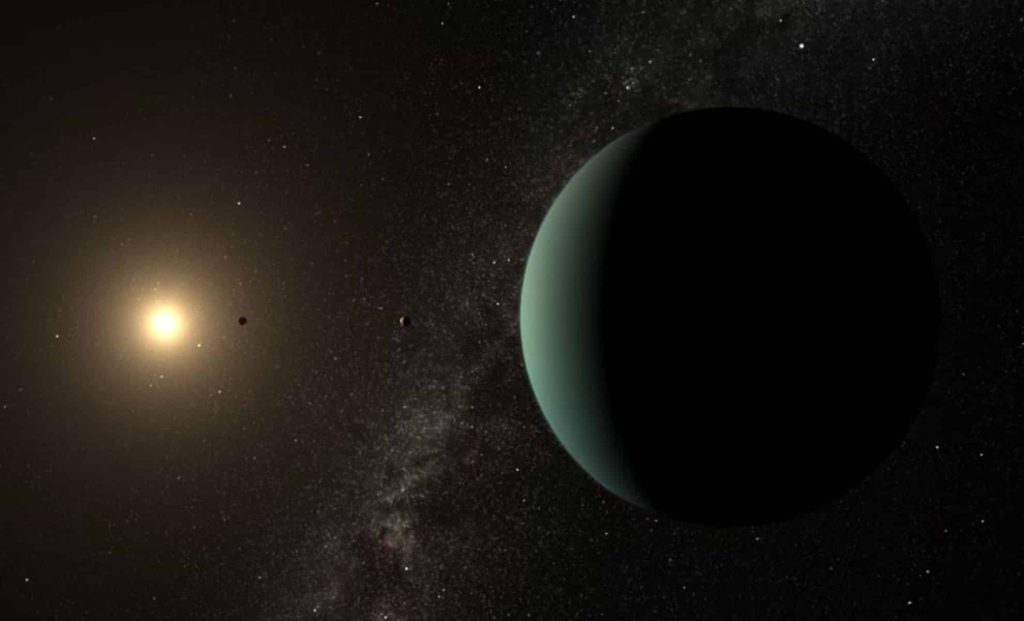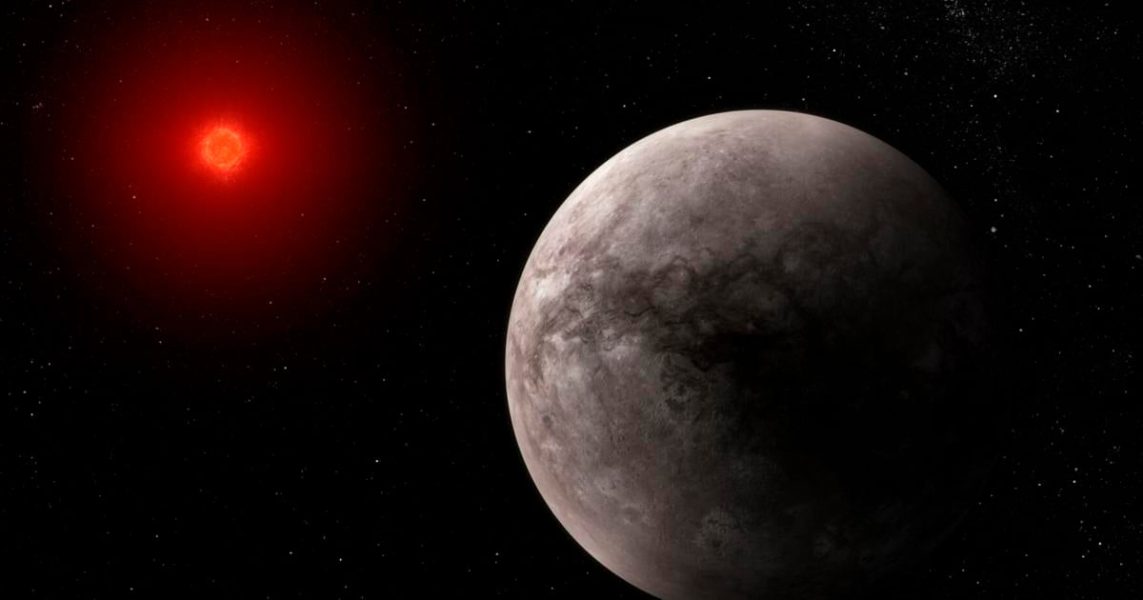A Second Earth? Scientists Confirm a Nearby Exoplanet That Could Host Life – The Daily Galaxy –Great Discoveries Channel

Astronomers have confirmed the existence of HD 20794 d, a super-Earth just 20 light-years away, making it one of the most promising candidates for habitability beyond our solar system. This exoplanet orbits in the habitable zone of its star, where liquid water might exist—one of the key conditions for life. Astronomers have officially confirmed the existence of HD 20794 d, a super-Earth located just 20 light-years away, with conditions that could make it one of the most promising exoplanets for life beyond our solar system. Unlike many previous candidates that lacked critical factors for habitability, this newly verified planet orbits within the habitable zone of its star, where liquid water could theoretically exist—a key ingredient for life as we know it.The confirmation of HD 20794 d’s existence marks a major milestone in exoplanet research. For years, astronomers have suspected that this world might be hiding within the HD 20794 system, a star system also known as 82 G Eridani, located in the Fornax constellation. Initial data suggested its presence, but the signal was weak, making it difficult to distinguish from background noise. Now, after years of meticulous data analysis, researchers have removed all doubts. “We worked on data analysis for years, gradually analyzing and eliminating all possible sources of contamination,” said Dr. Michael Cretignier, a postdoctoral researcher at Oxford University and co-author of the study.While scientists remain cautious about making direct claims of habitability, HD 20794 d checks many of the boxes astronomers look for in an Earth-like exoplanet. It is located at an optimal distance from its star, has a significantly larger mass than Earth (at least 5.8 times that of our planet), and its host star is far more stable than other nearby exoplanet systems, making it a compelling subject for future studies.The confirmation of HD 20794 d was no easy task. Exoplanets are often detected using two primary methods: the transit method, where a planet passes in front of its star and causes a measurable dip in brightness, and the radial velocity method, where astronomers track tiny wobbles in a star’s movement caused by the gravitational pull of an orbiting planet.Unfortunately, HD 20794 d does not transit across its star from our perspective, making the first method impossible. Instead, astronomers relied on the High Accuracy Radial Velocity Planet Searcher (HARPS) spectrograph, located at La Silla Observatory in Chile, along with data from its advanced successor, ESPRESSO, to measure the subtle movements of the HD 20794 star.Combining years of observational data, scientists were able to confirm that HD 20794 d is real. “For me, it was naturally a huge joy when we could confirm the planet’s existence,” said Cretignier. “It was also a relief, since the original signal was at the edge of the spectrograph’s detection limit, so it was hard to be completely convinced at that time if the signal was real or not.”This breakthrough demonstrates how precision technology and years of data refinement can push the boundaries of planetary discovery. With newer, even more powerful instruments on the horizon, such as the Extremely Large Telescope (ELT) and the Large Interferometer for Exoplanets (LIFE), researchers are hopeful they will soon be able to analyze the atmosphere of HD 20794 d—a crucial step in determining whether it has the right conditions for life.While thousands of exoplanets have been discovered, only a small fraction meet the criteria for potential habitability. Many orbit too close to their stars, making them scorching hot, while others are too far away, leaving them frozen and inhospitable.HD 20794 d stands out because its host star is relatively quiet and stable, unlike the violent flaring red dwarfs that host many previously discovered exoplanets. Stars with frequent, intense flares can strip planets of their atmospheres, making habitability unlikely. However, HD 20794 d’s star exhibits far less extreme activity, meaning that if the planet has an atmosphere, it is more likely to remain intact over long periods.One potential challenge for HD 20794 d is its elongated orbit. Unlike Earth’s nearly circular path around the Sun, this planet moves in an orbit that takes it closer to its star at certain times and farther away at others. This could result in extreme seasonal temperature fluctuations, with some regions experiencing intense heat while others plunge into freezing conditions. Whether life could adapt to such variations remains an open question for future studies.One of the biggest challenges in studying exoplanets is the difficulty of directly observing their atmospheres. The James Webb Space Telescope (JWST) has already revolutionized exoplanet research by providing detailed atmospheric analyses, but because HD 20794 d does not transit across its star from Earth’s perspective, JWST is unable to examine it using its current methods.However, astronomers are optimistic that next-generation telescopes will offer alternative ways to study HD 20794 d in greater detail. Upcoming observatories, such as the Extremely Large Telescope (ELT) and the Large Interferometer for Exoplanets (LIFE), will use advanced imaging techniques to detect and analyze the planet’s atmosphere. These powerful instruments will search for key markers like water vapor, oxygen, and methane, which could provide crucial insights into whether the planet has the right conditions to support life.If biosignatures or other atmospheric indicators are detected, HD 20794 d could become one of the most important targets in the search for extraterrestrial life, bringing scientists closer to answering the age-old question of whether we are alone in the universe.Got a reaction? Share your thoughts in the commentsEnjoyed this article? Subscribe to our free newsletter for engaging stories, exclusive content, and the latest news.Comment Save my name, email, and website in this browser for the next time I comment.
© 2024 | Daily Galaxy | All rights reserved
Source: https://dailygalaxy.com/2025/01/second-earth-nearby-exoplanet-host-life/






